
And so, in this article we continue to study all the subtleties of Kale. The first part can be found by clicking on Kale: the Beauty and Use in the Garden (Part 1).
Maintenance
Kale cabbage is a very moisture-loving plant, so during the season it will be necessary to organize watering so that the soil in the garden is constantly in a moderately moist state. In addition to watering under the root, it is useful to irrigate plants from a watering can with water heated in the sun.

After each moistening of the soil, it is necessary to loosen the aisles and slightly Spud the stalks of cabbage, as well as remove weeds. To simplify care, you can mulch the soil under the plants with a thick layer of straw or rotted sawdust. Mulch will reduce the amount of irrigation, eliminate the need to loosen the soil and stop the growth of weeds.
To get a lush rosette of leaves, Kale periodically fertilizing. The first feeding should be carried out after 12-15 days after planting seedlings in the garden, using for this purpose a solution of urea (1 tablespoon per 10 liters of water). The second feeding is carried out 2-3 weeks after the first solution of mullein (1: 10).

After 3-4 weeks you need to fertilize the planting with a solution of nitrophoska (1 tbsp in 10 liters). Feeding is best done in the evening after another watering, spending 1 liter of a solution for each root.
Pests and diseases
Kale is affected by the same diseases and pests as her white-haired “relative”. At the first signs of fungal diseases (keel, powdery mildew and peronosporosis, white and gray rot, etc.), planting is treated with a permitted fungicide according to the instructions. Plants in advanced stage of disease it is better to remove the total plantation.

Juicy leaves of curly cabbage can be attacked by caterpillars and other harmful insects. They get rid of them with the help of insecticides.
Harvesting and storage
Depending on the variety Calais begins to give their harvest in 2-3 months after emergence. When the rosette of leaves of curly cabbage reaches a height of 20-25 cm, you can start to cut the first leaves. The younger the cabbage leaves, the more tender and tasty they will be. Their cutting is best done in the early morning, when they are most saturated with moisture.
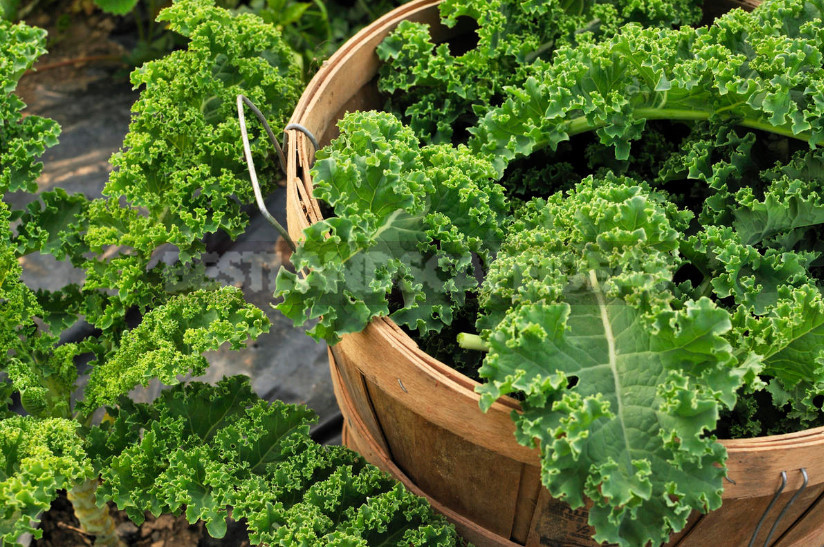
Refrigerate the Kale leaves persist for weeks. In frozen cabbage does not lose its useful properties for six months. But the best option would be the preparation of curly leaves of vitamin salad or smoothies as soon as they are torn from the garden.
Types and varieties
Among the varieties of feces there are plants with wavy, curly and Terry leaf plates. This culture, depending on the variety is undersized (up to 40 cm), medium-sized (40-60 cm) and tall (up to 90 cm). In addition, you can choose plants that will give their harvest at different times – early, middle and late maturing varieties. Among the varietal diversity of Kale is worth noting those that have proven themselves in growing in our climatic zone.
Highlights late hybrid ‘Redbor F1’ with a delightful plush leaves are dark purple hue. This cabbage, like a fancy palm tree, grows up to 80 cm in height, has a high yield and cold resistance.
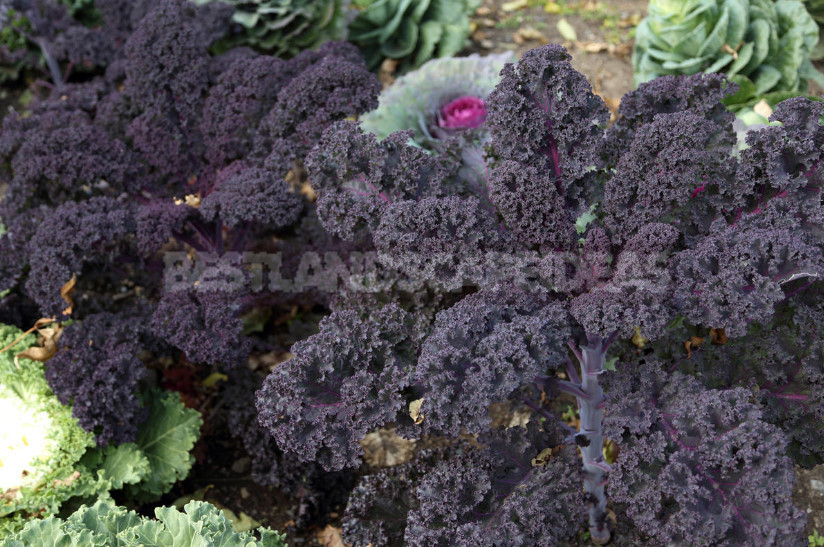
Will appreciate the generous yields of medium hybrid ‘F1 Reflex’, reaching a height of 80-90 cm and distinguished by a strongly corrugated sheet plates green. The hybrid stands out for the pleasant taste of the leaves, perfectly tolerates the cold and allows you to harvest until late autumn.

Among the representatives of this highly decorative vitamin culture is certainly worth highlighting grade ‘Nero di Toscana’. Dark green bubble leaves of this variety are covered with a bluish bloom and look very impressive. To harvest can begin 2 months after emergence and continue until frost resistant. The variety is distinguished by excellent taste of leaves and rich chemical composition.
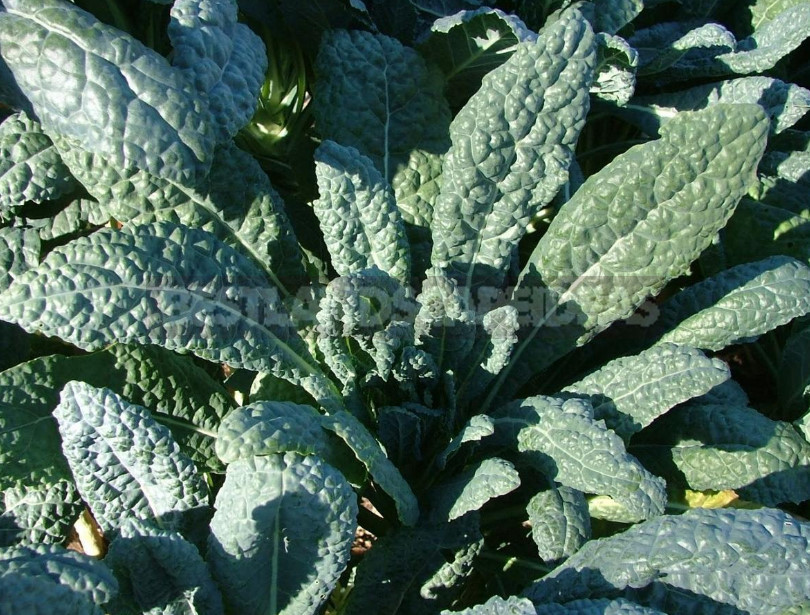
Stands out beautiful leaves and compact rosette grade ‘Dwarf Green Curled’, growing no higher than 40 cm Leaves are painted in rich green color and have a highly corrugated surface. Variety will appreciate the precocity and cold resistance.

Well-established medium-sized hybrid of curly cabbage ‘Red Russian F1’. The leaf rosette reaches a height of 50-60 cm and is highlighted with a wavy grey-green leaf plates with beautiful carved edging, purple veins and petioles. The variety is cold-hardy, productive, with sweet tender leaves.
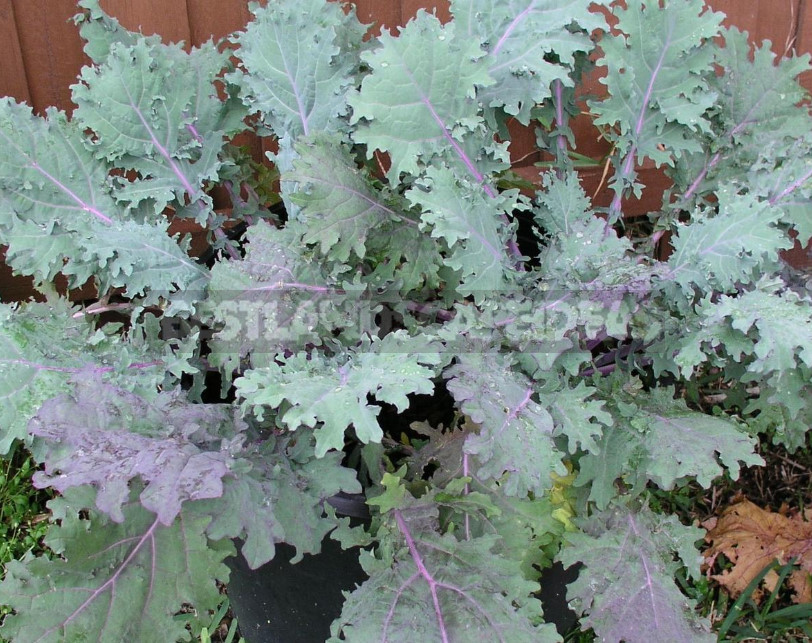
Will be the main decoration of both beds and table late-ripening variety ‘Scarlett’, which is a mixture of palm-shaped plants 70-80 cm tall with dark green and dark purple Terry leaves. The variety is characterized by a long period of vegetation, high yield and frost resistance.
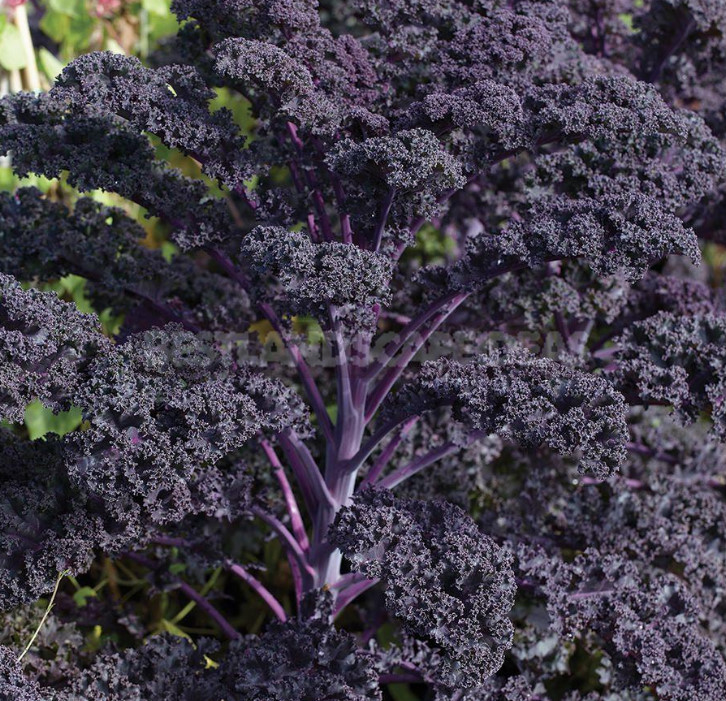
Kale cabbage is one of the first places in the content of useful compounds, so it deserves special attention from gardeners. In addition to the rich chemical composition of this culture will please unpretentiousness in care and extremely spectacular appearance.
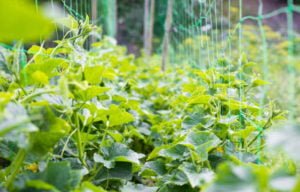
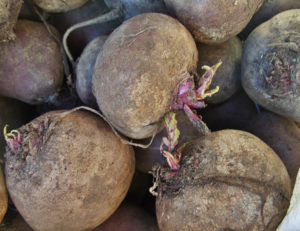
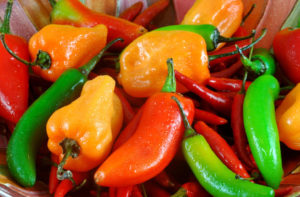
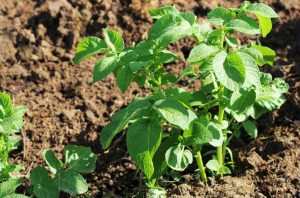
Leave a Reply